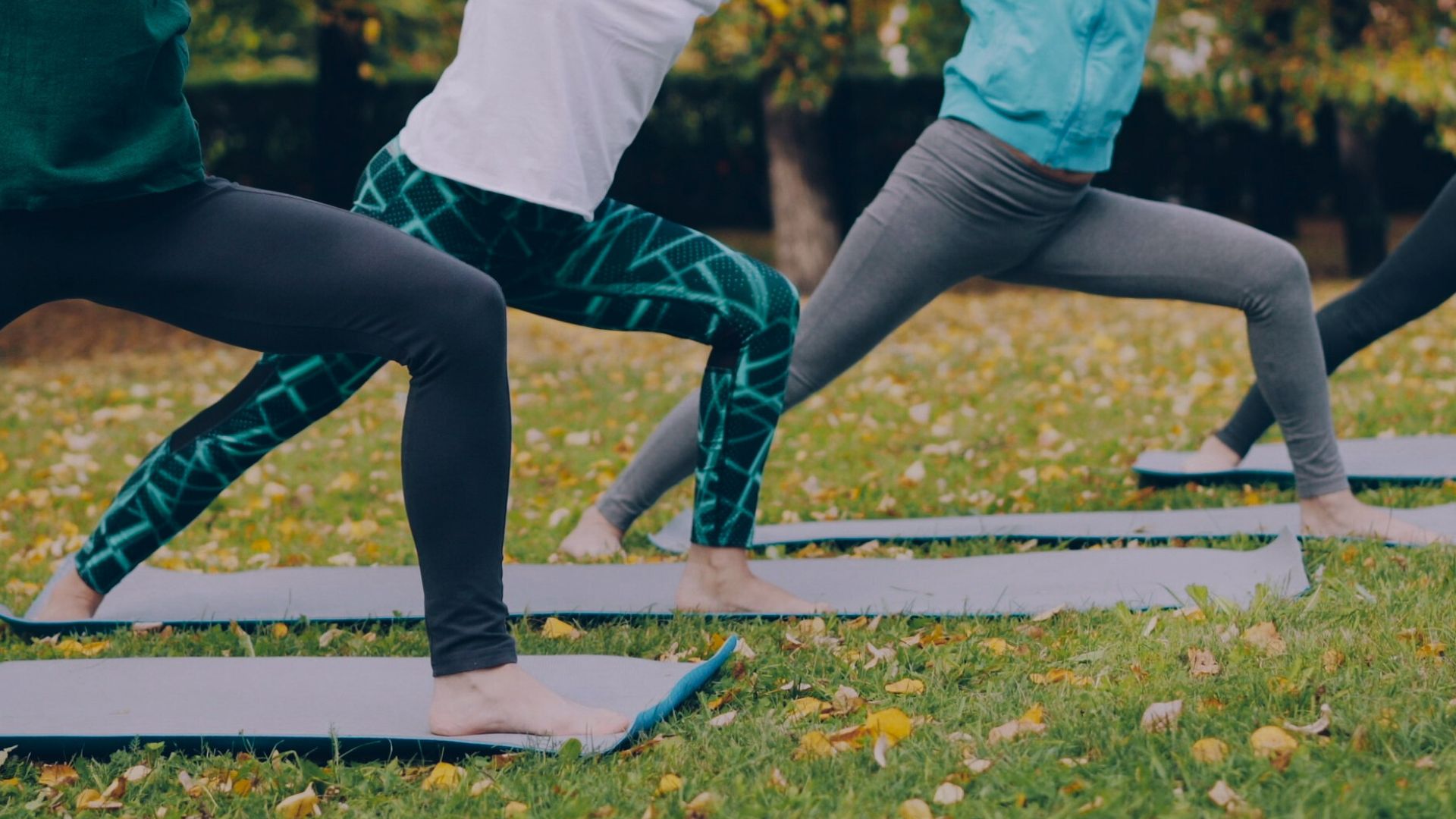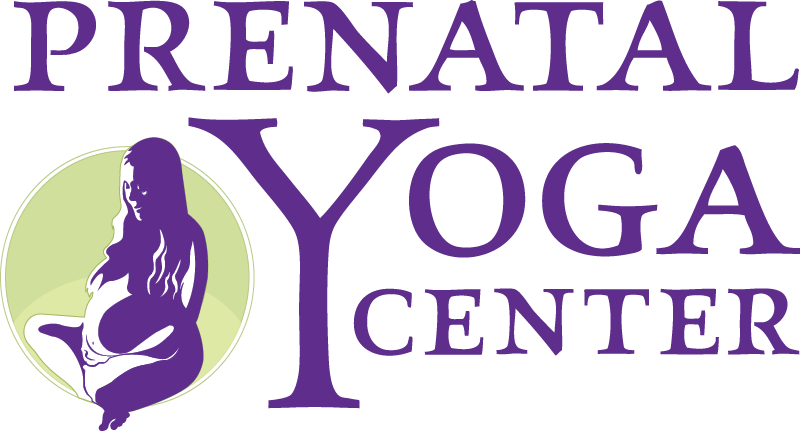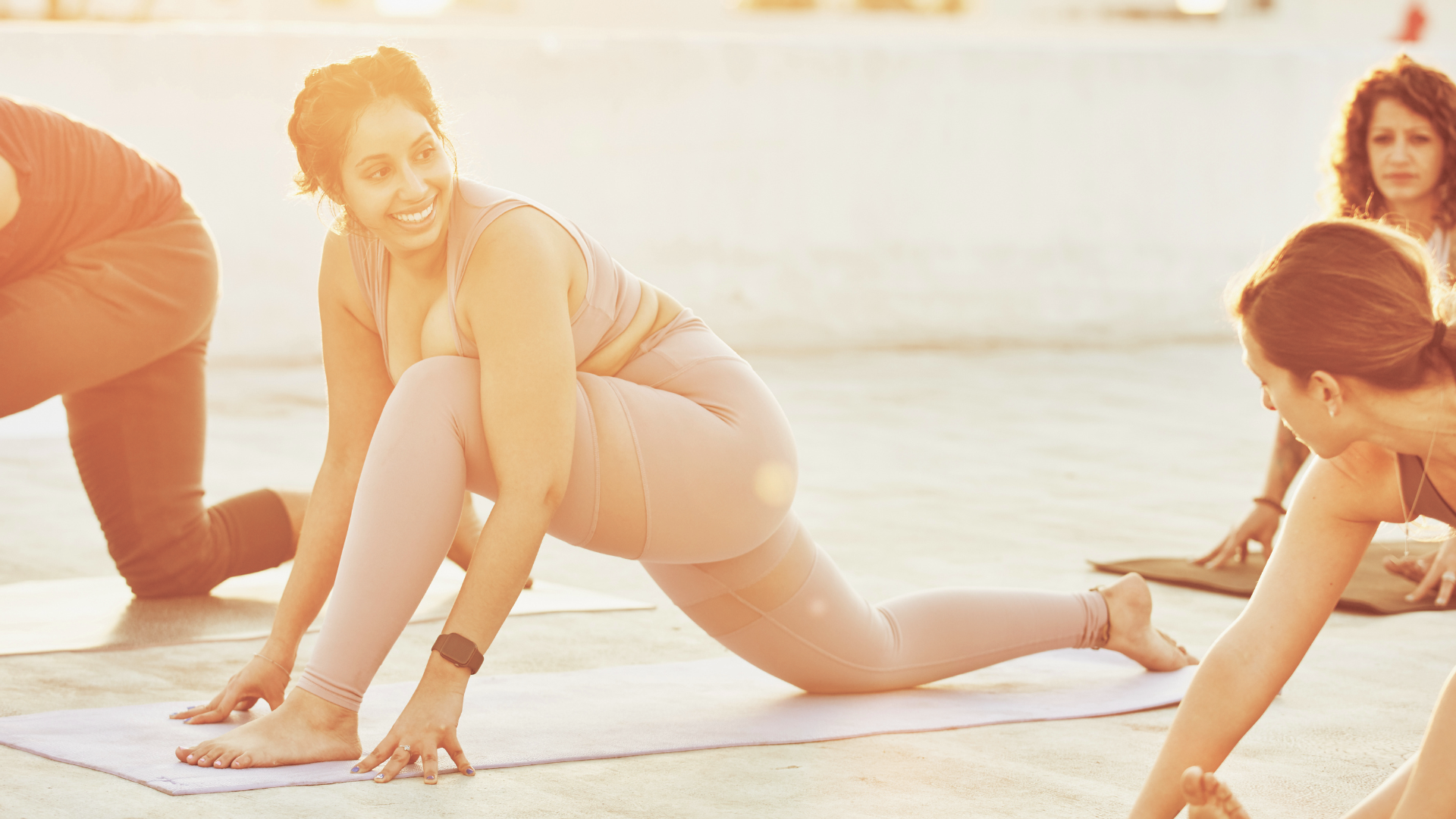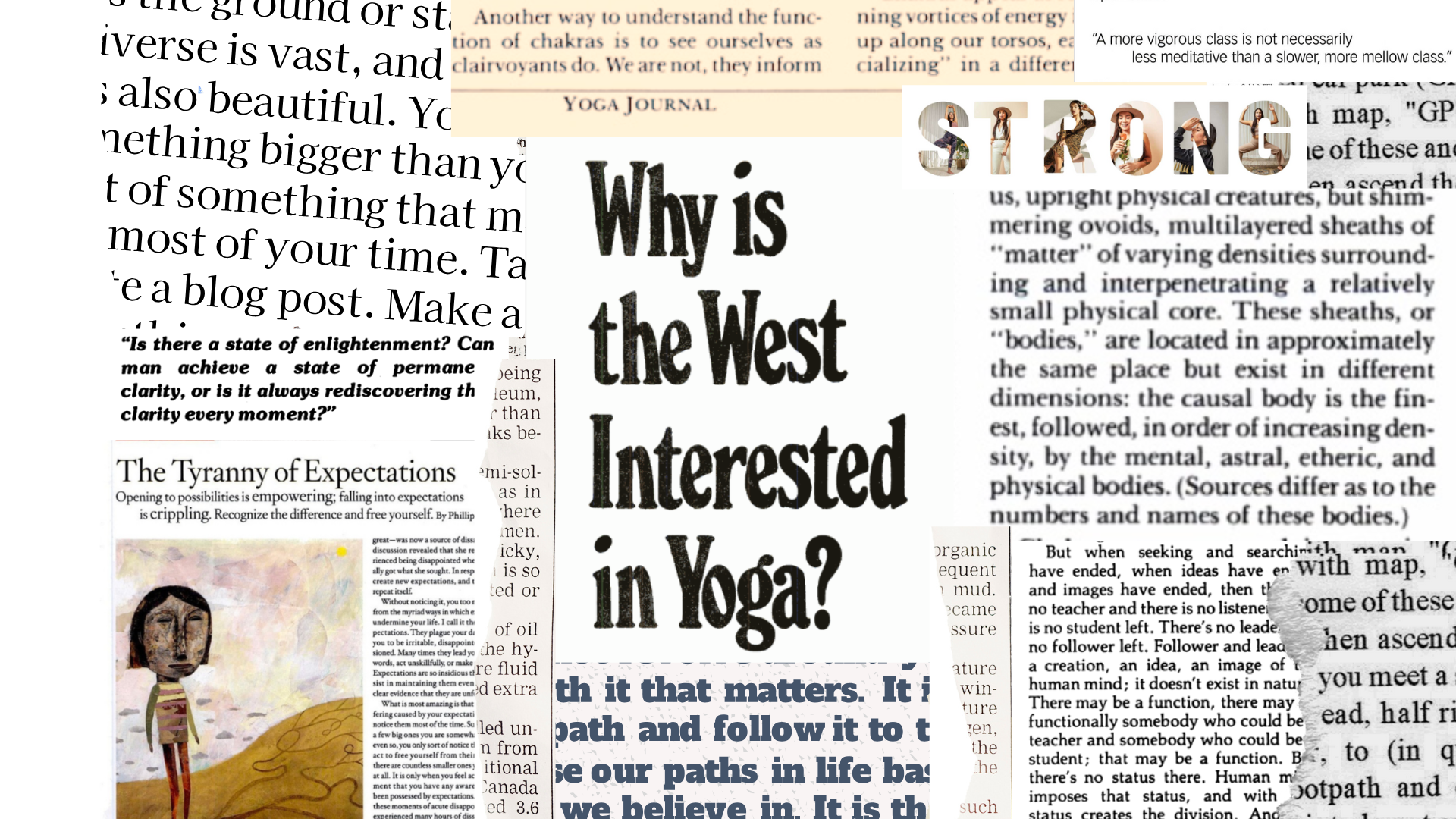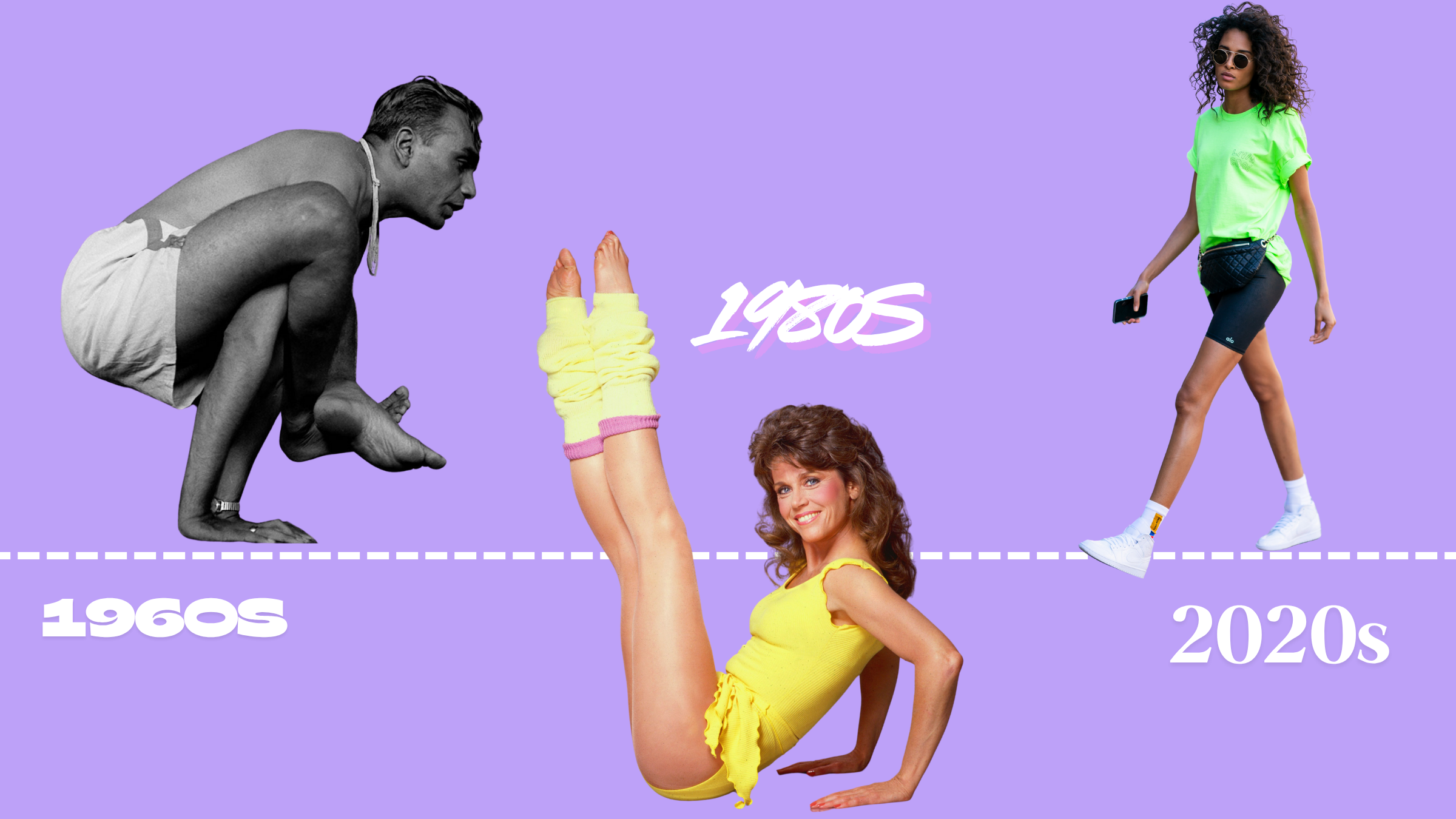Updated October 21, 2025 02:05PM
As we commemorate the last 50 years of Yoga Journal, we also turn our attention to what lies ahead. Because although the practice of yoga coaxes us into the present, what has happened before and what has yet to happen are inextricably intertwined. The following article explains all that and more as part of Yoga Journal’s 50th anniversary coverage of yoga’s evolving role in America throughout the 1980s, 1990s, 2000s, 2010s, and 2020s.
What exactly do we mean by “the future of yoga”? After all, we’re talking about a practice whose entire existence is designed to coax you into the present.
Still, maybe when you hear that phrase your thoughts race to practicing at home along with virtual reality. Or you become curious about useful information captured by biofeedback devices embedded in your smart mat. Or you consider asking AI to design a yoga sequence for you. (Do not try that last one. Trust us.)
Your imaginings—as well as those of futurists—offer no lack of insightful and inventive commentary about what your practice might look like in a half century. Yet as we commemorate the last 50 years of Yoga Journal, we want to acknowledge that just as the past leads to the present, the present inevitably sets the stage for what lies ahead.
So we initiated conversations with students and teachers. We observed what was being talked about on social media and podcasts. And we partnered with Sedona Yoga Festival to create forums with thought leaders—teachers, trainers, and longtime practitioners—who have dedicated their careers to observing and shaping yoga in America. We asked everyone we encountered what they anticipated taking place with yoga in the future. We also asked what they wanted to experience from yoga in the years ahead.
Curiously, yet in a way not surprisingly, not a single person referred to tech-minded innovations or AI-prompted anything. Instead, they expressed interest in what the everyday experience of yoga as we know it might be like.
What to Expect From Yoga in the Next 50 Years
Even More People Will Try Yoga
You know something has saturated mass culture when it’s been parodied on The Simpsons, Sex and the City, South Park, Saturday Night Live, even the 2000s reality show Jackass.
Yet even as millions more Americans have familiarized themselves with the practice by making shapes with their bodies and slowing their breath, much work remains to make yoga accessible to and inclusive of everyone.
There are language barriers, lack of childcare, financial constraints, misperceptions of what it is, and more. Each of these challenges are familiar to Rosanna Rodriguez, who teaches Spanish-language yoga in New York City’s Washington Heights neighborhood. The perception of yoga in the Latino community, she explains, is “that yoga is not for them.”
There is still space for yoga to become increasingly commonplace among more communities so that, in turn, more individuals who previously thought the practice wasn’t for them might try and benefit from it. Many of our experts flagged this outreach and normalization of yoga as a collective cause we’ll be seeing more of in the not too distance future.
We Will Find Community Through Yoga
Yoga literally translates to “unity.” Yet that can be easy to overlook when it’s us on our 24-by-72-inch slab of natural rubber.
Even as some organizations have been working diligently to ensure yoga is inclusive, other times communities inadvertently happen through practicing yoga together. This has happened for years at classes targeted toward specific populations, whether older adults, veterans, the incarcerated, the differently abled, those who prefer chair yoga, experiencing or recovering from treatment for cancer, traumatic brain injury, addiction, and more. Even neighbors gathering for yoga in a driveway.
These groups not only bring the benefits of yoga to those who might not otherwise experience it, they allow for potential community to take shape. It often takes place happenstance. Although many students expressed that unity, or community, is needed more than ever before with loneliness and isolation epidemic levels and that they are seeking conversation and friendships from their yoga spaces.
“It’s more challenging than ever to cultivate a sense of belonging,” explained Heather Shereé Sanders, producer of the Sedona Yoga Festival, during the forum dedicated to community. “There’s a lot of isolation in the way that we exist. How, as leaders in the yoga community, do we create community and a sense of belonging?”
Teachers responded with ideas varying ideas. Yoga therapist Kim Richardson explained that each person has access to local and extended communities through digital platforms—and how essential it was to support them in taking advantage of that. “We can do the individual work, but until we come together, we never truly know what we can experience,” said Richardson. There was agreement that there are ways to become more creative with the types of groups we create for students to become part of in anticipation of relying on this more heavily in the years ahead.
Teachers Will Prioritize Self-Care
During a conversation on service, or seva, what came through repeatedly was the need for teachers to prioritize self-care before tending to the needs of others.
“I don’t put other people’s needs before my own,” explains yoga therapist Jana Long, who has been practicing yoga for more than 50 years and is a co-founder of the Black Yoga Teachers Alliance. “It’s important that I feel whole, that I feel rested. I come first. Then I’m able to give to others. That’s how I do my work. When I need to stop, I do.”
Yet many teachers we spoke with expressed concern about the level of overwhelm and exhaustion as they try to support students. This has been an ongoing concern. What teachers and audience members in the forum discussed is an increasing awareness of the need for putting their own oxygen mask on first.
We Will Better Understand “Healing”
In recent decades, an increasing number of yoga classes, meditation workshops, and sound ceremonies have been marketed as “healing.” An immense amount of contemporary research supports the therapeutic—and sometimes inexplicable—changes that result from movement and meditation.
Yet changes to a person’s physical, emotional, and psychological states can be a complex and usually indefinable algorithm. Yet sometimes a person is assigned the role of “healer.” Maybe. Maybe this sends the unequivocal message that the answer is found in something entirely external to the person. What is needed, and what some of us hope for in the yoga space, is more respect for the role that the individual plays in their own “healing.”
We Will Teach—and Understand—Yoga History
The Americanization of yoga is a topic that is…complex.
“Yoga is and always has been embedded within the social context of the times,” writes Anjali Rao in Yoga as Embodied Resistance: A Feminist Lens on Caste, Gender, and Sacred Resilience in Yoga History. Rao explores the context for this statement in exquisite detail in the book. Although it’s essential to understand her assertion that our society “emphasizes individual responsibility for one’s own health, happiness, and well-being while ignoring systemic inequities of class, gender, race, caste, and ability.”
Much of the yoga that we experience remains detached from the underlying philosophy and origins of the practice, which is essentially cultural appropriation. As appropriative as yoga in America has been, more people than ever are benefiting from what is being taught.
Of the many teachers we spoke with who grew up with and trained in traditional lineages, everyone express that in order to remain relevant, yoga needed to undergo changes.
“We are only channels for this wisdom,” explained Vaidya Jayarajan Kodikannath, Ayurvedic scholar and yoga practitioner, during a forum at the Sedona Yoga Festival. “There can be innovation and evolution. All fine as long as it aligns with the fundamental principles of the knowledge system.”
“As times change, the mode in which knowledge is shared changes,” said Swami Chidananda, also at the festival. “I have no issue with changes as long as they are based on the principles.”
What we have yet to discern is how to stay true to those principles. That question remains a topic of long and thoughtful conversations everywhere it’s asked. And everyone who spoke of it expressed the need to challenge ourselves to better understand the underlying philosophy and context of yoga as we practice and teach.
We Will Learn How High-Tech Supports Ancient Tradition
Although we suspect there are limitations as to how the experience of yoga can be enhanced by technology (no, ChatGPT can’t do your Chaturangas), perhaps there are ways it can support it.
What if virtual reality could allow us to flip through pages of ancient texts, such as the Sutras, as we hear the words narrated in Sanskrit, exposing us to the vibration of the language and the resonant effects? You could close your eyes and meditate along to the sound or you could keep eyes wide open and click on closed-captioning for a translation and explanation in your language of origin.
Or what if we could experience vivid virtual reality recreations, cartoon style, of the intriguing Hindu deities? (We’re thinking of the mythology behind certain poses and not the Bhagavad Gita, although to each their own!)
Or an app will let you share your current situation in life and in response it would explain the various yogic principles at play and prompt you to explore options for responses that align with the ancient tradition. (Actually, isn’t that sort of self-study our role?)
There Will Be Even More Micro Yoga
It seems like such a simple ask—make time to do yoga. Yet in the current climate of schedules being as overwhelming as the news, there’s not always space a 60-minute practice, let alone the time it takes to make it to and from the studio during rush-hour traffic. More and more online teachers are recognizing—and responding—to students’ needs with online micro yoga practices of small increments, whether 5, 10, 15, or 20 minutes.
The trend, which began in the 2010s, has drawn increased traction with no signs of slowing. Some yoga is always better than no yoga. In the years to come, we will
Presence Will Become a Priority
We exist at a time when there are unprecedented distractions to simply existing. If the recent surge in apps designed to help us ocus—whether through meditation or music or locking us out of social media platforms—are an indication of anything, it’s that we value presence. We simply haven’t quite figured out how to experience it on our own yet.
You actually practice that each time you endure a seemingly endless Chair Pose, manage your boredom in what seems like your thousandth Warrior 2, or succumb to uninterrupted stillness in Savasana.
What yoga has always been teaching us is pausing rather than controlling. Observing rather than reacting. Sitting with difficult emotions rather than seeking distraction. There is tremendous potential for teachers to speak more overtly about this during class. To remind students that they already have the understanding and the experience of the same kind of presence they seek during a difficult conversation or before a work deadline. The future includes more students understanding their superpower—that they already know how to be present. It’s simply yoga applied to life.
Music Will Be Understood as Meditation
Alice Coltrane. Lou Reed. Alanis Morisette. Lil Jon. What they share in common, aside from a certain obvious characteristic, is a commitment to meditation. Not just the practice itself but the release of a meditation album.
Not unlike other forms of sound therapy, music taps into the space where ancient tradition and contemporary science overlap in terms of the known—and profound—benefits of being exposed to certain frequencies.
We imagine more celebrities as well as local artists stepping into the role of sharing music that calms and soothes their soul, and explaining their relationship to it. Whether or not they label the experience meditation, their example introduces others to the concept of turning to sound for solace, which in turn enables them to experience what it is to be still, even if they had previously thought meditation was beyond them.
Learning About Yoga Will Be Less Pricey
The default way to learn more about yoga is enrolling in a yoga teacher training with a price tag of thousands of dollars, regardless of whether or not you intend to teach.
Yes, there are podcasts and books and social media posts and attending a workshops at local studios. Yet nothing else is so
Every single yoga teacher we talked to about making the study of yoga more available. with were open to exploring how it might be possible to rethink our current structure to allow for more people to take part in the study of yoga, regardless of their interest in teaching. Perhaps some studios would entertain splitting yoga teacher trainings into two tracks, one in which some enrollees pay less and attend only individual lectures for the sake of learning, and a second track for those interested in learning how to actually understand, practice, and share these teachings.
The thing about change is that it starts with an idea. And then a conversation. And then action. The potential to change the future of yoga is always there. It simply takes us to initiate it. Let’s all start working toward seeing the change we want to experience.
Learn more insights from yoga teachers and thought leaders at Sedona Yoga Festival and be alerted when we share upcoming content from our forums by signing up for our email newsletter.

